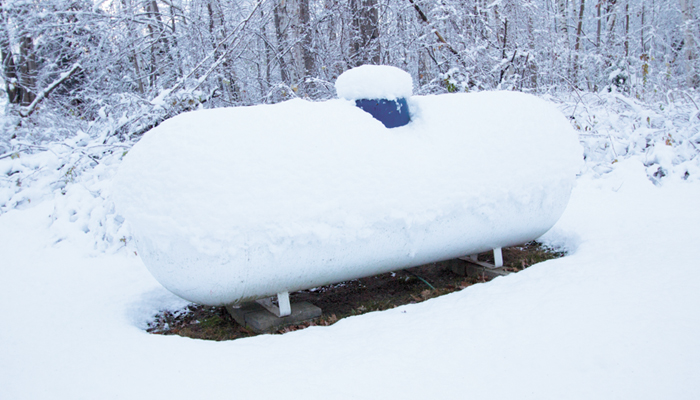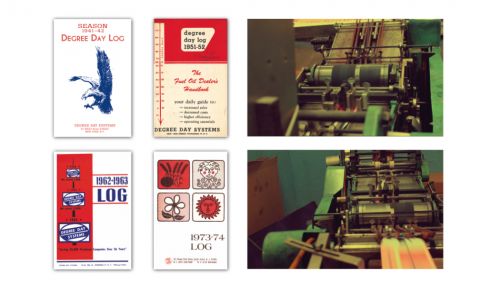All
What’s Behind Propane Tank Freeze-Ups?
by Scott Gaudet, Bergquist, Inc.

As many in the industry will attest, it had been a few years since we experienced a “normal winter,” with warmer-than-average weather spanning the country. As a result, until this past winter, freeze-ups hadn’t been a widespread issue. While much of the blame for last winter’s freeze-ups was placed on regulator issues, at Bergquist, we don’t believe that’s the case.
There are many factors to consider when dealing with freeze-ups, but more than likely it’s not the regulator that’s causing them — it’s water. As you know, there is water in propane, but did you also know that water can be introduced throughout the entire supply chain, from the point of production to the end user’s tank? This needs to be factored in when trying to reduce freeze-ups.
The nights your company experienced the most freeze-ups were probably among some of the coldest nights of the year. Because of the drastic temperature, the customer’s tank may not have been able to keep up with vaporization, so by the time the service technician arrived, the vapor pressure had built back up in the tank.
Why does Bergquist think it was a water issue? Over the past winter, the company had several customers take advantage of the Lending Library. This is a service where more expensive equipment is loaned out to test for water in gas, using the AT-100 Freeze Valve. We also saw an increase in sales of the 6L Stain Tubes to test for water vapor. The 6L tubes use the same pump and equipment we supply for Mercaptin Testing (72L Tubes).
When trying to figure out why freeze-ups occur, you also need to consider the pigtail, as a standard pigtail’s flow capacity drops considerably the lower the inlet pressure. Could it have been that the inlet of the regulator didn’t tilt back without any low spots all the way to the service valve? Were the vents pointing down?
Finally, was enough methanol used, and was it used all year? Tanks filled in the summer may not get used again until winter, so you’ve got to ensure that appropriate methanol levels were used throughout the year.
To ensure consistent levels of methanol, this rule of thumb should be remembered: if you sell a million gallons of propane, and you inject in two gallons of methanol for every transport load, and one gallon every time a bobtail fills, you should have gone through roughly nine or ten 55-gallon drums for each million gallons of propane, plus whatever methanol you use for prepping tanks. There are some customers who say that’s too expensive. It’s good to let them know that it costs about two-tenths of a cent per gallon of propane while reminding them what the costs would be to treat a freeze-up resulting from not injecting methanol.
So, as you begin preparations for next winter, the following are a few tips to remember: keep water out of the propane, use methanol, install the proper size tank for vaporization, and follow best practices when installing regulators. By following this approach, your business can expect to reduce the number of freeze-ups.
Scott Gaudet is the New England area sales manager for Bergquist, Inc.
Related Posts
 100 Years of Helping Fuel Retailers Deliver!
100 Years of Helping Fuel Retailers Deliver!
Posted on August 18, 2025
 U.S. Competing to Secure Critical Minerals
U.S. Competing to Secure Critical Minerals
Posted on June 16, 2025
 The Clean Air Act, the EPA, and State Regulations
The Clean Air Act, the EPA, and State Regulations
Posted on May 14, 2025
 Day Tanks Support Back-up Generators in Extreme Conditions
Day Tanks Support Back-up Generators in Extreme Conditions
Posted on March 10, 2025
Enter your email to receive important news and article updates.
